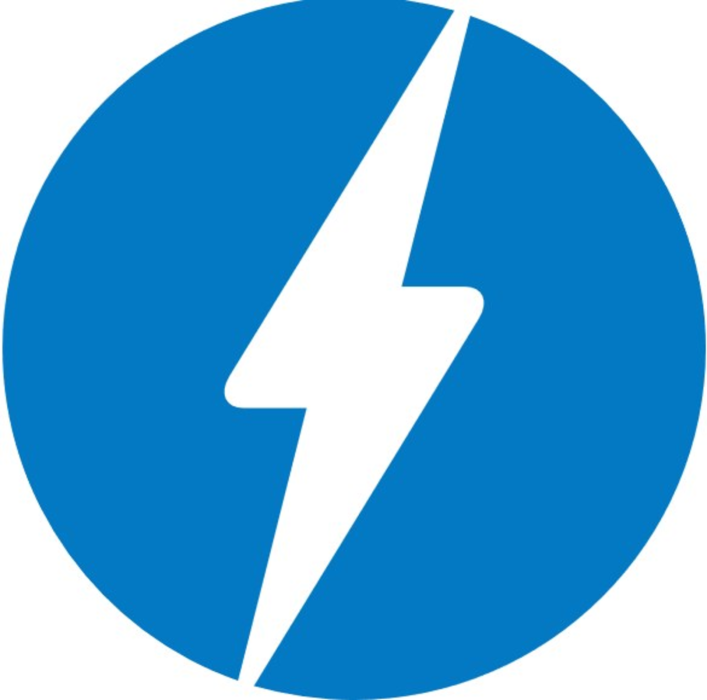The first thing to note about Google Amp is that it’s not fully and wholly Google-owned. It is, in fact, an open source initiative helmed by Google, GitHub, publishers, and now brands, and its goal is to speed up the mobile web experience.
Amp is a complex framework of technology and code that drastically reduces the time it takes mobile web pages to load — amping them up, so to speak — and standardizing mobile web production. It gets headier than that, of course, but eBay Principal Engineer and Web Platform Lead Senthil Padmanabhan said it best.
“Amp is just a bunch of best practices for building web pages. There is a lot of technology behind it, but everything is possible because Amp mandates these best practices,” Padmanabhan told DMN after his speaking session at the first Google Amp conference in New York this week.
The Amp conference was all about bringing mobile web players together to not only celebrate the strides Amp has made in its year of life (more than 1 billion mobile web pages have been Amped to date), but also to have open dialogue about where the Amp technology is going next.
“The initial focus was on news publishing, but more recently we’ve been expanding into other verticals, and e-commerce is going to really be an additional focus for us going forward,” Rudy Galfi, lead product manager of the AMP project at Google, told DMN. “As a marketer, if you’re building sites and landing pages, you can use Amp as a tool to make those pages load fast.”
eBay was among the first e-commerce brands to to launch Amp in production, and used the technology to speed up load times for users coming to eBay through external sources like Google Search. ““We had three goals when we decided to do an Amp project,” Padmanabhan said. “One was minimal engineering overhead. The second was the UI should be exactly the same. The third was analytics should be intact.”
eBay achieved this through parallel development of Amp pages with proprietary pages, with a special care to ensure the pages are uniform for users.
“For the page we migrated to Amp, 85% of the code is shared between Amp and the non-Amp version. That was one of the exercises we did, was to not make Amp totally different from our other processes,” Padmanabhan said.
More brands are picking up the Amp technology as Google steers the project’s focus toward e-commerce, but more than that, Galfi hopes Amp could one day speed up mobile ads themselves.
“We’re super interested in taking Amp as an ad creative format. One of the first things we noted was the content loads fast, but the ads load slow comparatively. So, we see a performance problem in advertising, and we want to improve that,” Galfi says.







